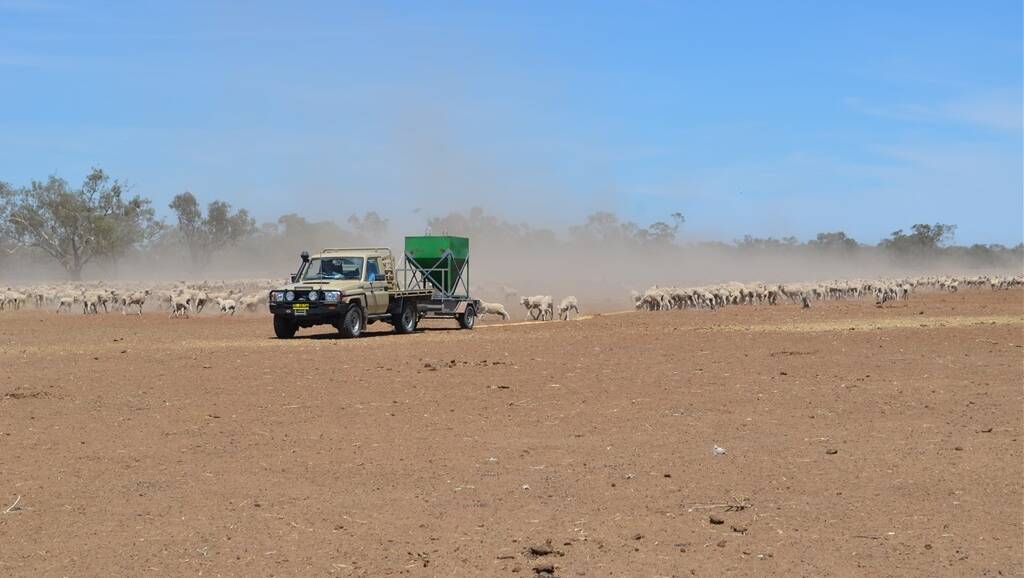
DROUGHT is believed to be the major factor for the Moree region ranking among the nation's lowest average income earners.
Subscribe now for unlimited access.
or signup to continue reading
The Australian Taxation Office's (ATO) latest taxation statistics, released this week, are based on the tax returns of almost 15 million Australians for 2019-20.
Bellata, Boomi, Garah, Gurley and Millie averaged negative taxable incomes.
Gurley topped the list with an average loss of $23, 484, while Boomi and Garah were at $14,763.
READ MORE:
Moree councillor and farmer Mike Montgomery said the numbers are not a reflection of the current state of play.
"It's a little bit misleading when you look at the numbers being based off 2019, which was our worst year by a long shot," Mr Montgomery said.
"The figures are a snapshot of the time and show how fragile agricultural based economies are.
"We were in drought and had Just over 100mm of rain for that year.
"There was limited opportunity for income and most people were doing it pretty tough."
Mr Montgomery said the region can pin its hopes on the Moree Special Activation Precinct.
It will include infrastructure works and utilities with new and upgraded roads, telecommunications, water and wastewater infrastructure, electricity and stormwater drainage.
"The Special Activation Precinct will help the region," Mr Montgomery said.
"We need the infrastructure to get people here and we're probably about 18 months behind where Parkes are at with their precinct.
"If it's viable for businesses you'll get people here and they'll be able to spend money in the region, that's in agriculture and retail.
In March this year, Northern Tablelands MP Adam Marshall was joined by Deputy Premier Paul Toole to announce the State Government would invest in stage one of the Moree SAP with the project worth $194 million.
Mr Marshall said this tranche of funding would get preliminary works started to open around 950 hectares of land in the central part of the industrial precinct.
"The Moree SAP will provide Moree with a new business hub, specialising in agribusiness, logistics and food processing, creating a golden opportunity to build on the area's high-value agricultural produce, water endowments and global connections by road, rail and air," Mr Marshall said.
"Over the next year we will see the physical aspects of Moree SAP take shape, with new and upgraded roads, gas, telecommunications, electricity and water, stormwater and wastewater infrastructure.
"There is no excuse for industry and investors to hold off planning their relocation to Moree.
"This funding kicks the delivery of this major industrial area into gear and drives the region towards its goal of creating 4000 jobs for the people of the Moree Plains by 2060."


